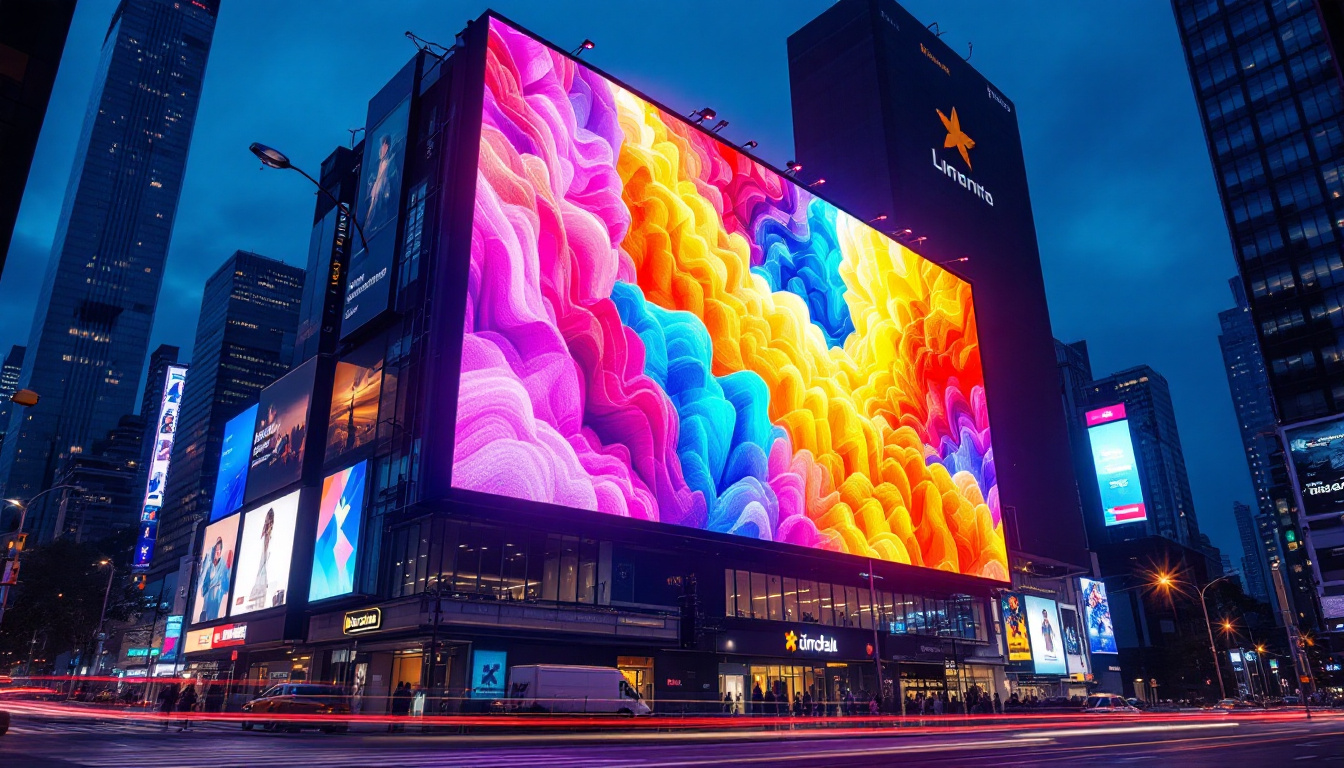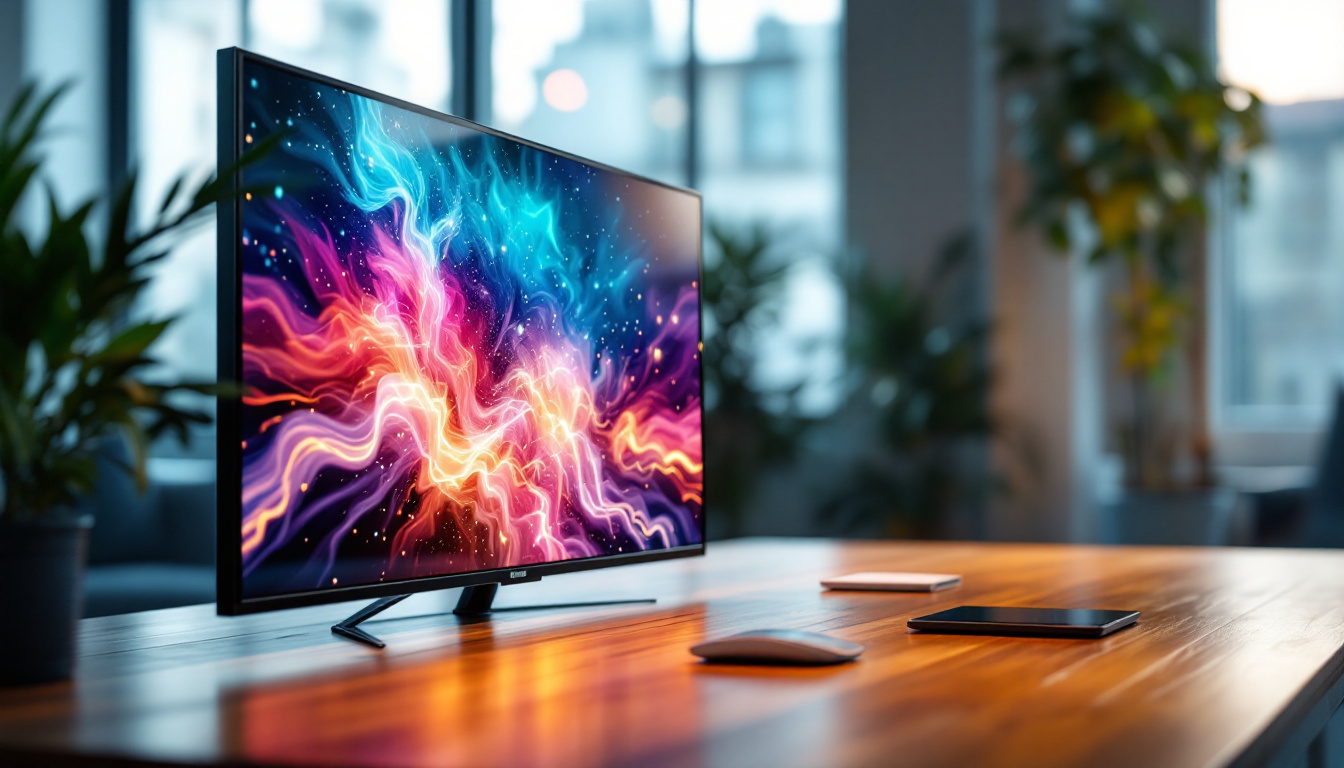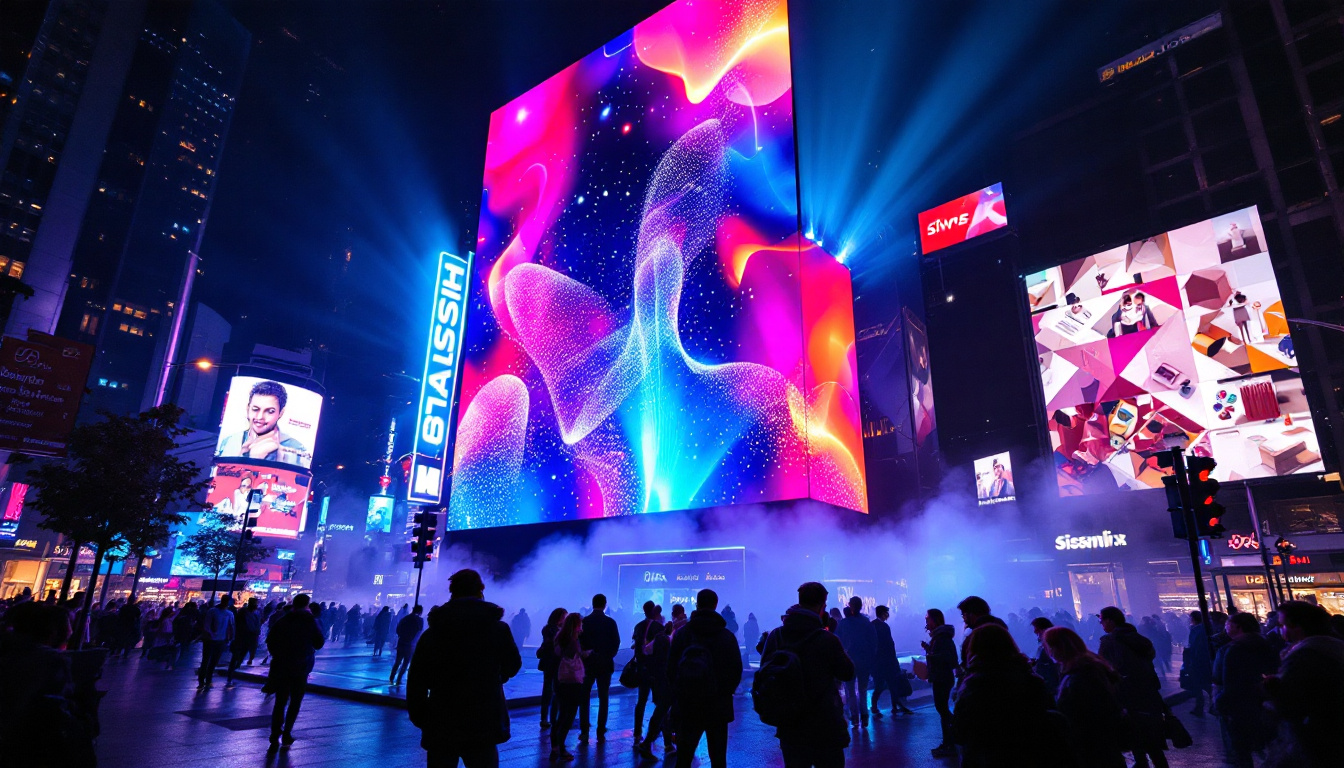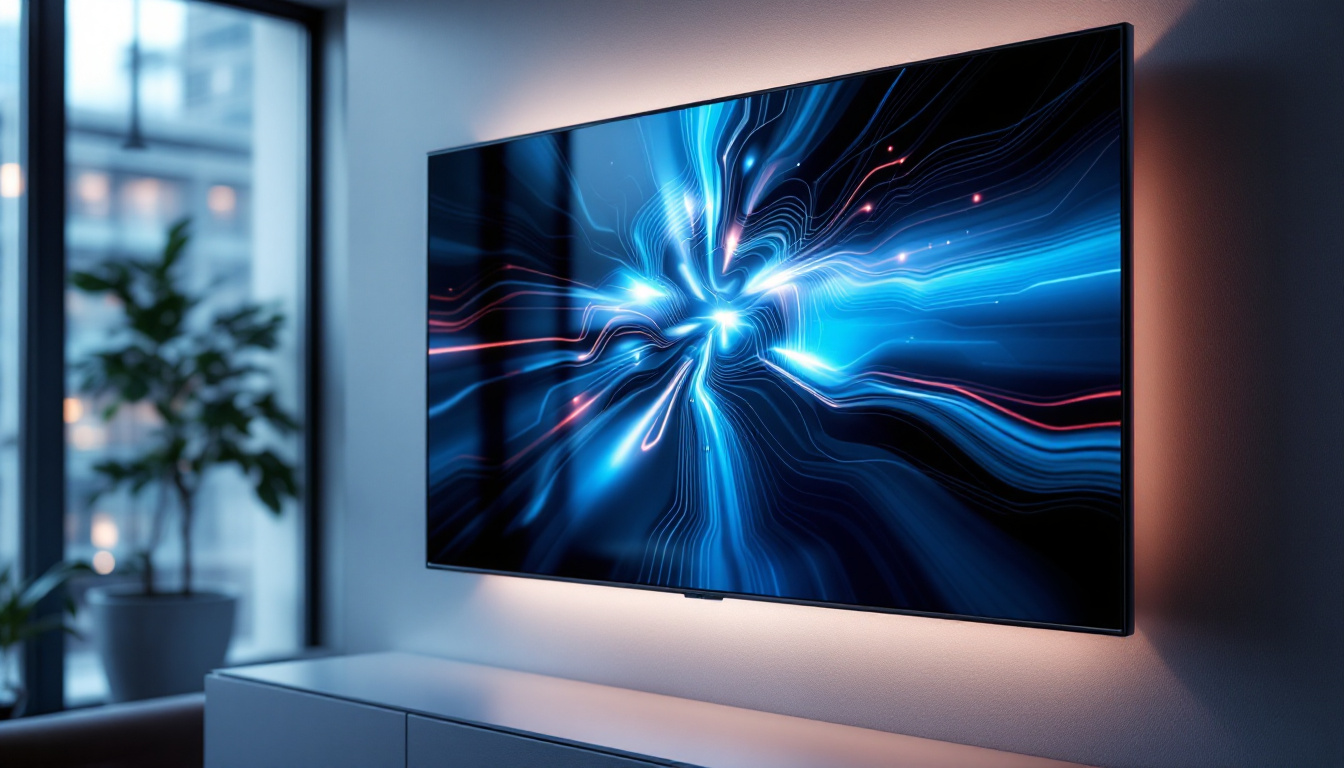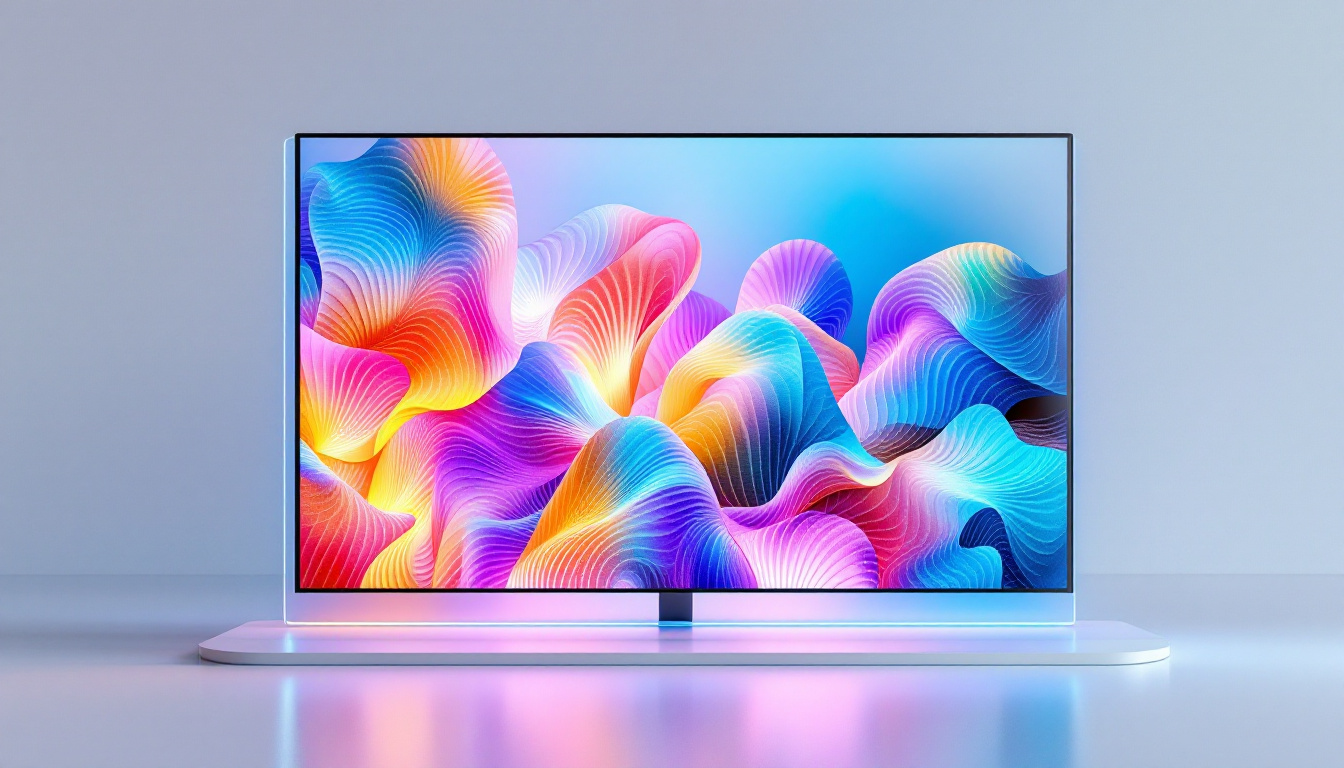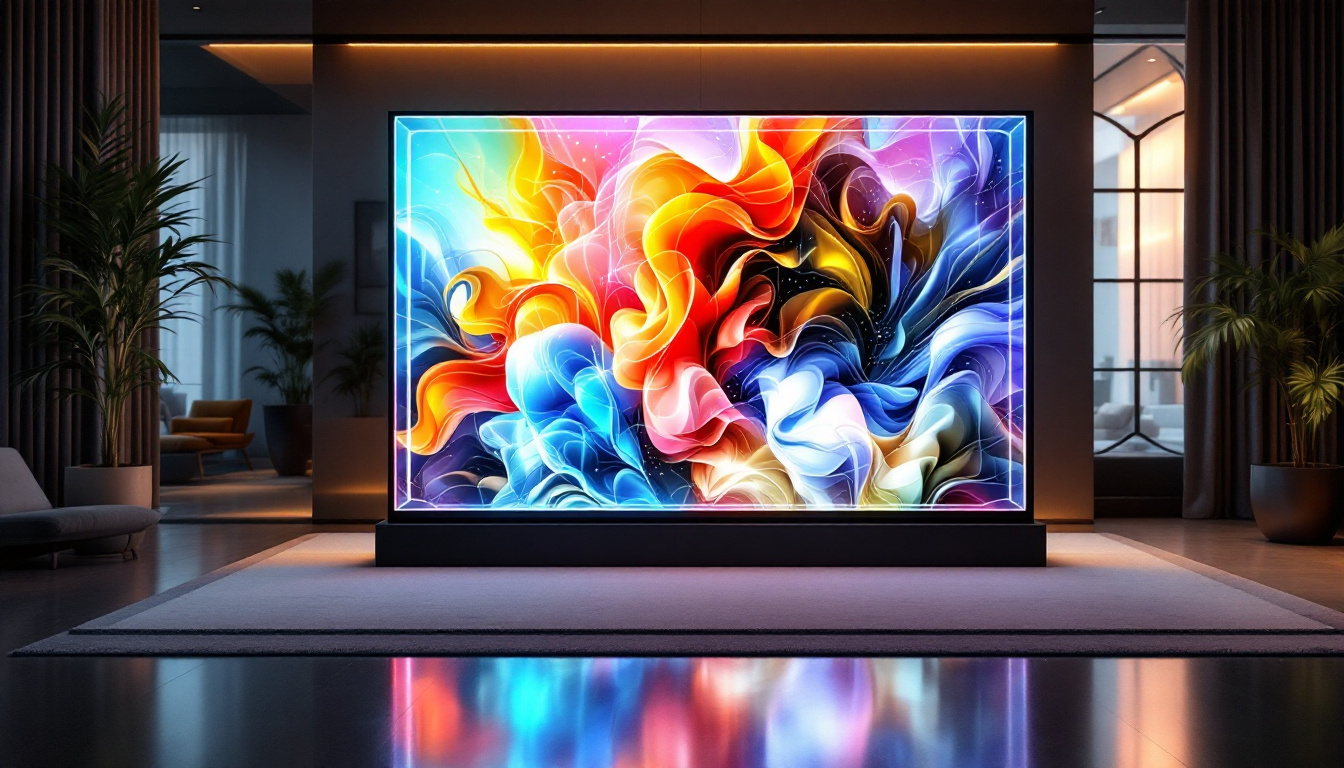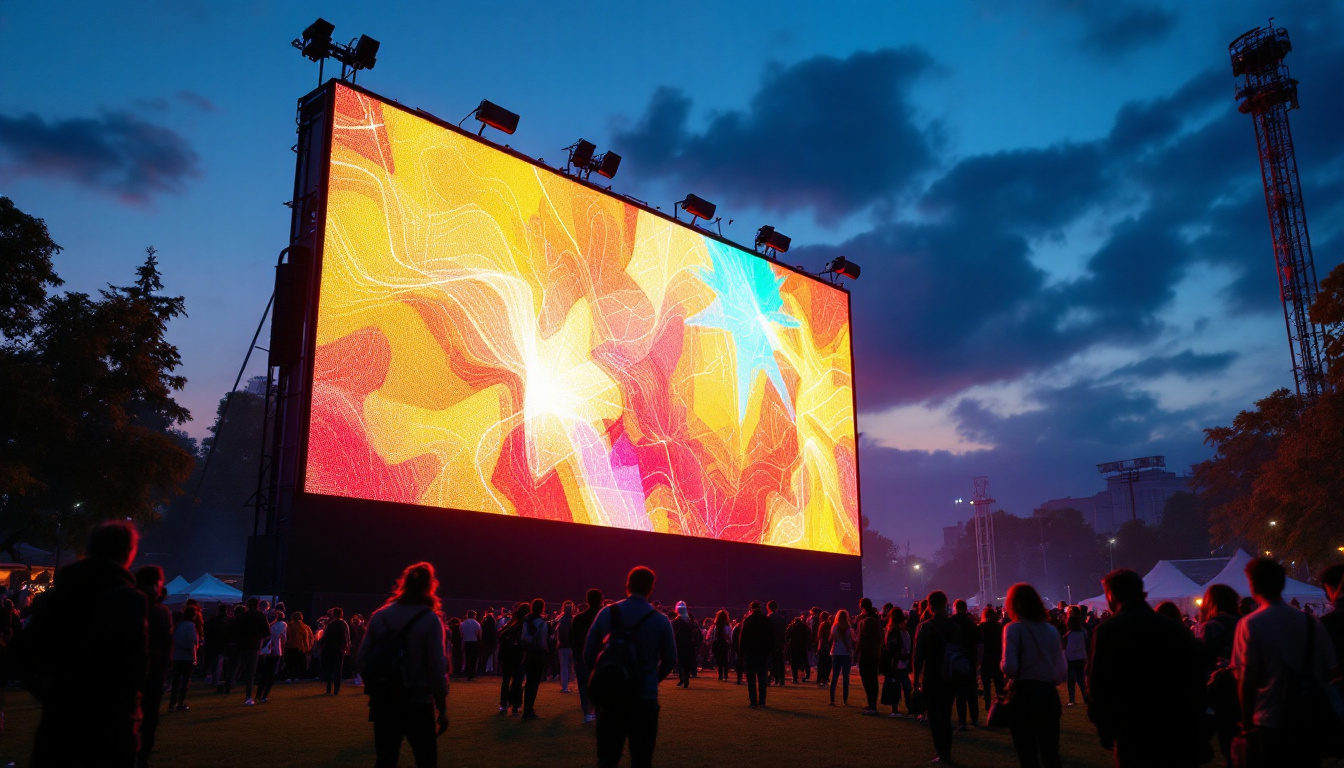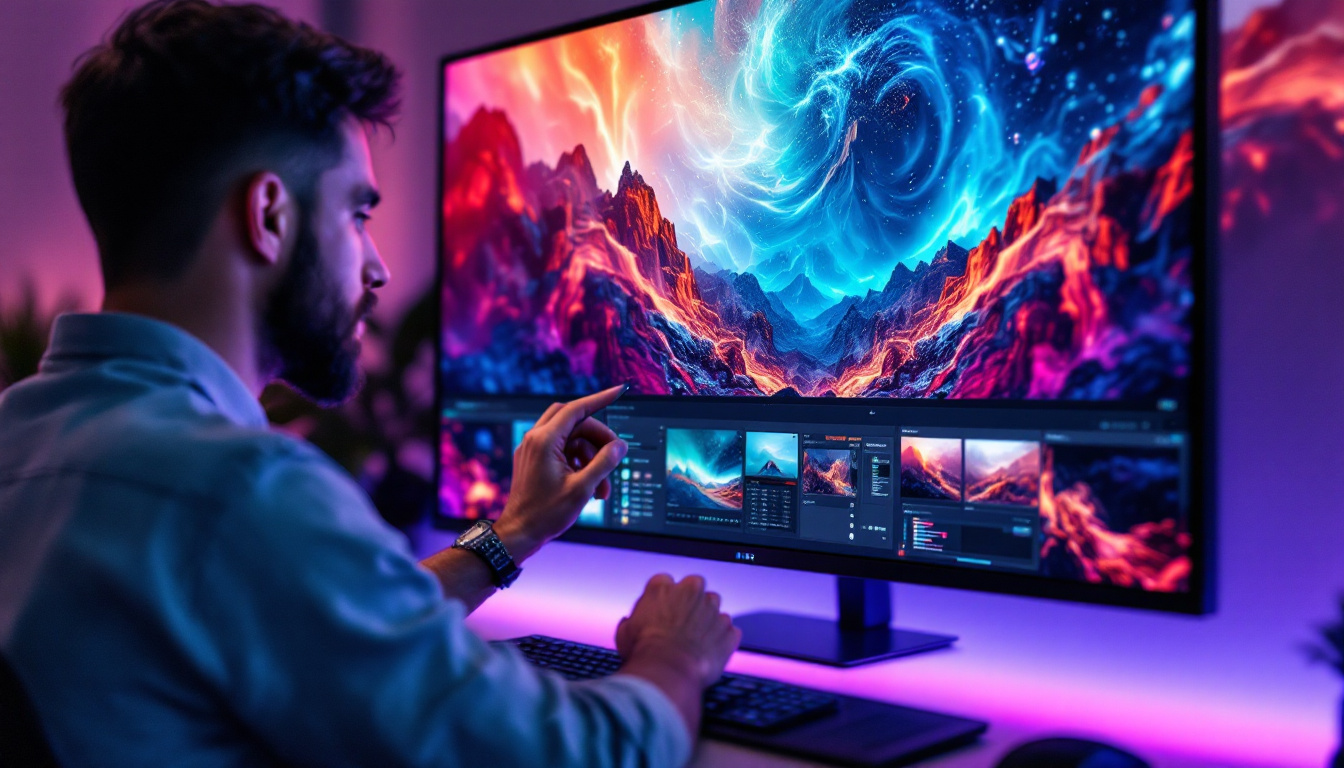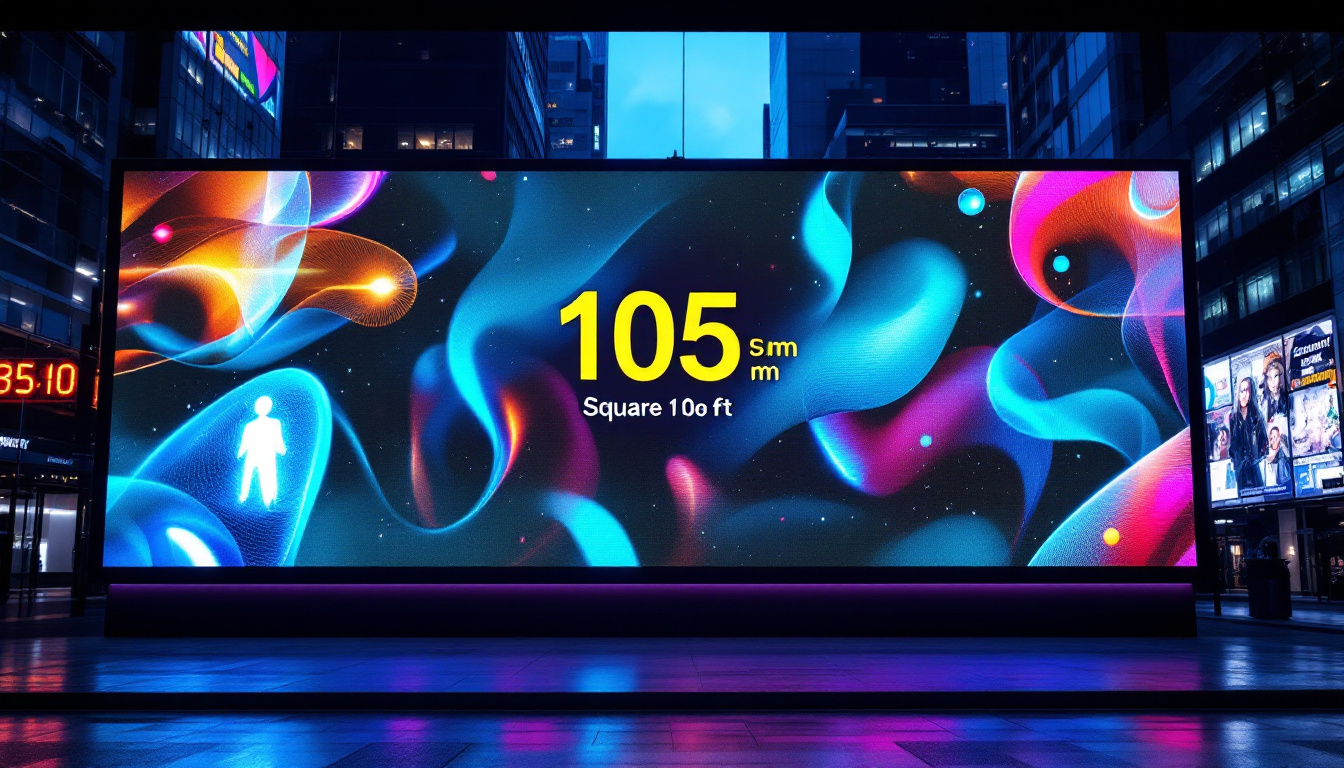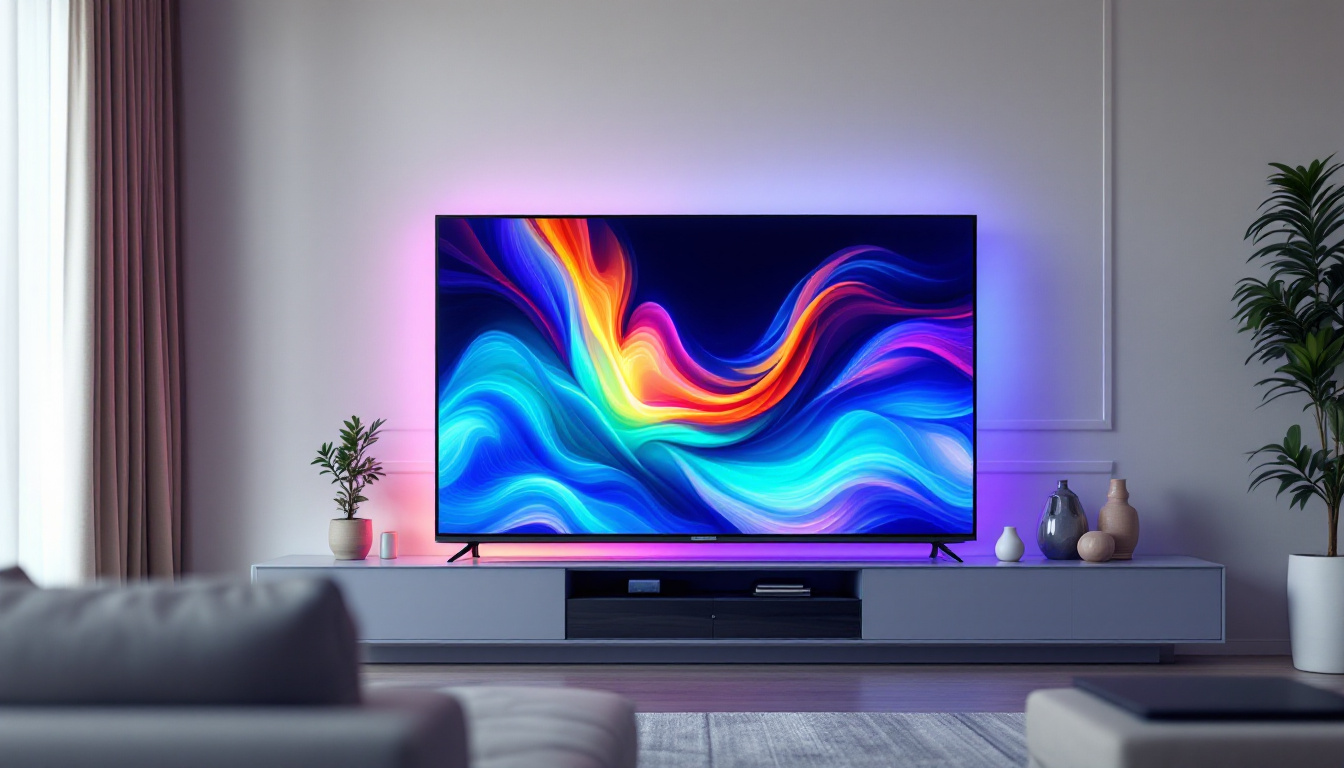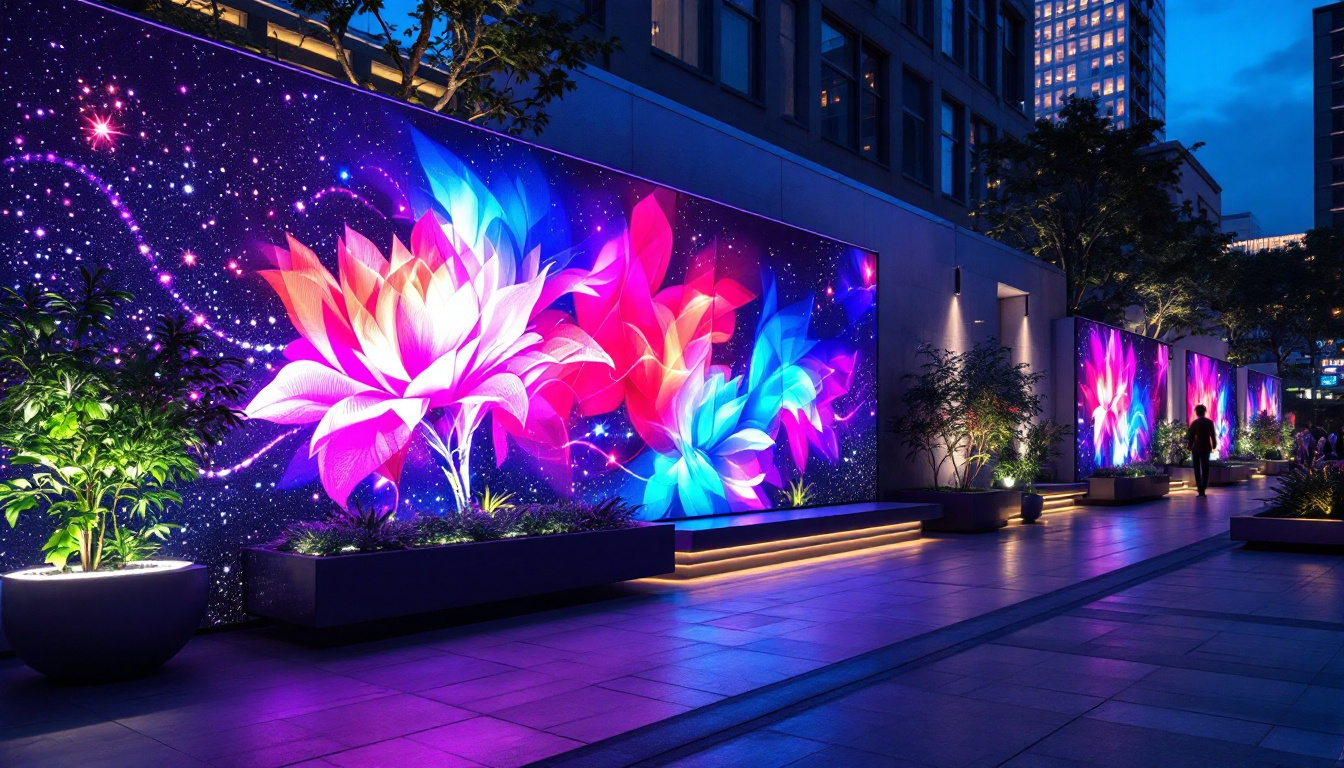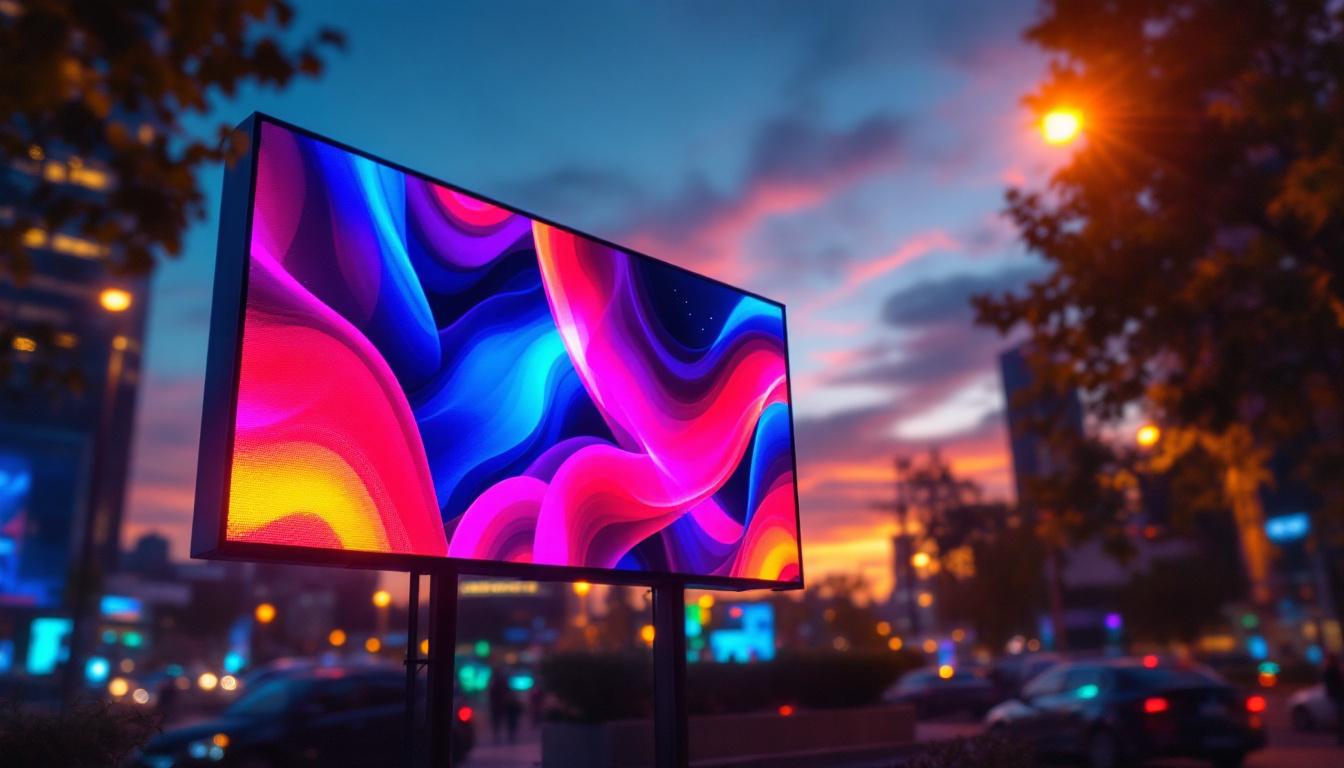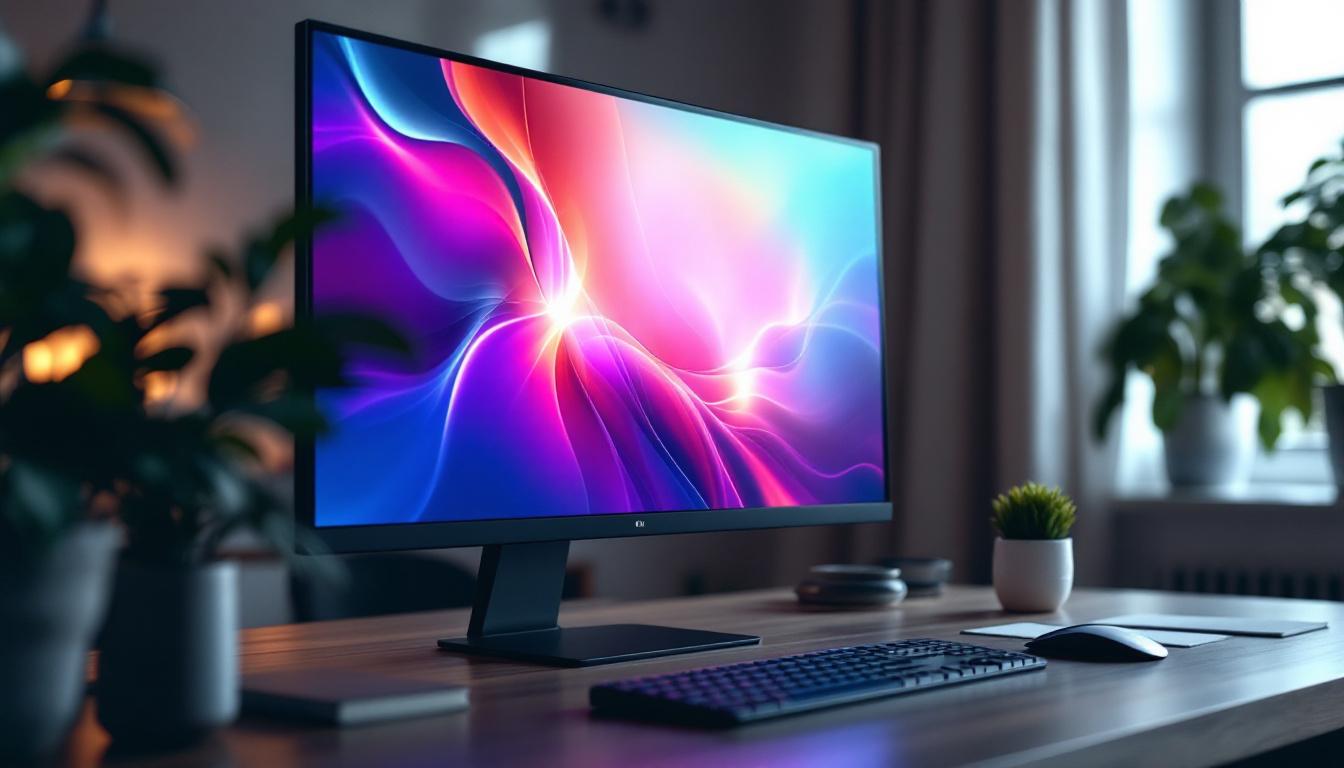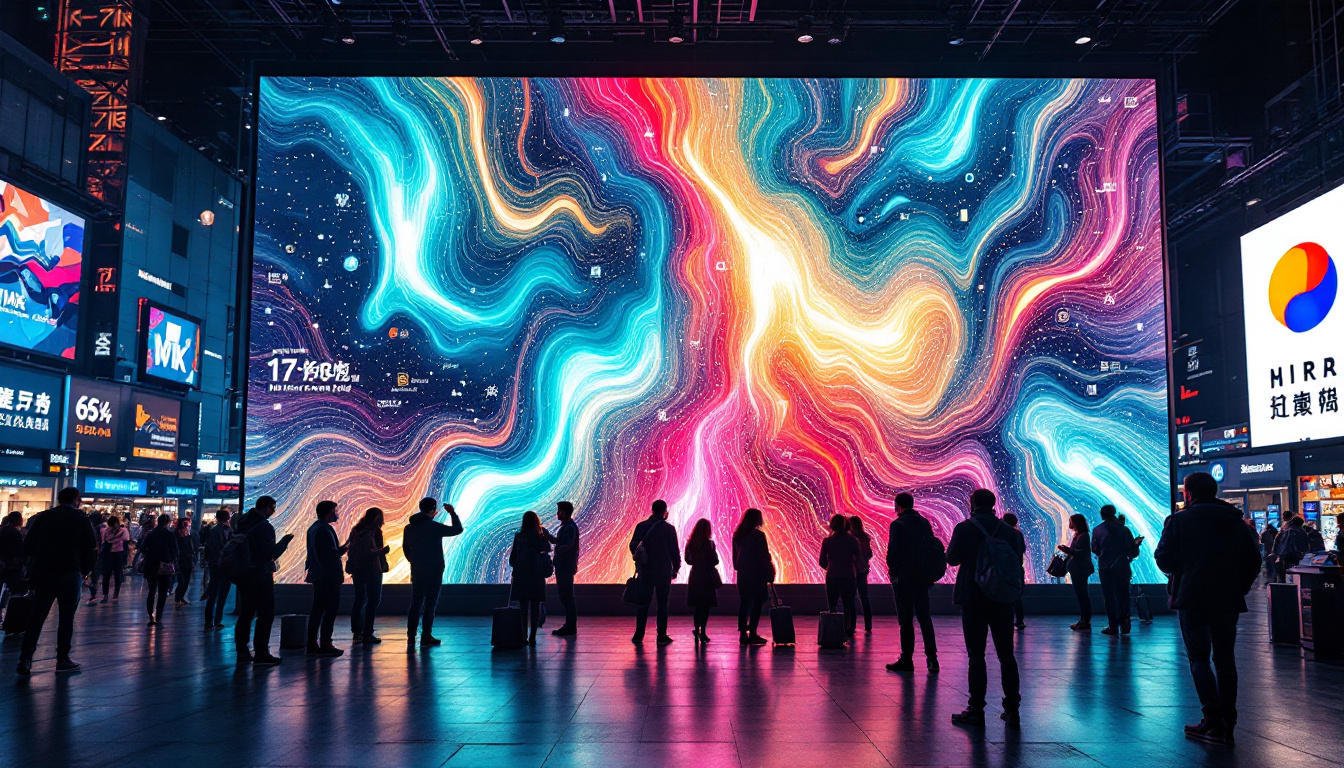The refresh rate of an LED display is a critical factor that influences the quality of the visual experience. It determines how many times per second the image on the screen is updated, directly affecting the smoothness and clarity of motion. Understanding refresh rates can help consumers make informed decisions when purchasing displays for gaming, professional use, or general entertainment.
What is Refresh Rate?
Refresh rate is defined as the number of times per second that a display refreshes its image, measured in hertz (Hz). A higher refresh rate means that the display can update the image more frequently, resulting in smoother motion and less motion blur. For instance, a display with a refresh rate of 60Hz updates the image 60 times per second, while one with a refresh rate of 120Hz does so 120 times per second.
In practical terms, this means that higher refresh rates can significantly enhance the viewing experience, especially in fast-paced environments such as gaming or sports broadcasts. The difference between 60Hz and 120Hz can be particularly noticeable when watching action sequences or playing video games where quick movements are common. Additionally, as technology advances, displays with even higher refresh rates, such as 240Hz and beyond, are becoming more accessible, allowing for an even more immersive experience that caters to the demands of competitive gaming and high-speed video content.
How Refresh Rate Affects Visual Experience
The impact of refresh rate on visual experience cannot be overstated. A higher refresh rate reduces motion blur, making fast-moving objects appear clearer and more defined. This is particularly important in gaming, where every frame counts, and a slight delay can affect gameplay. Additionally, higher refresh rates can reduce eye strain during prolonged viewing sessions, as smoother motion is generally easier on the eyes. For instance, many gamers have reported that switching from a 60Hz to a 144Hz monitor not only enhances their gameplay performance but also makes long gaming sessions feel less fatiguing.
Moreover, the refresh rate also plays a role in reducing screen tearing, a phenomenon that occurs when the display’s refresh rate is out of sync with the frame rate of the content being shown. This can lead to a disjointed visual experience, where parts of multiple frames are displayed at once. By using a display with a higher refresh rate, users can enjoy a smoother and more cohesive viewing experience. Furthermore, technologies like V-Sync and G-Sync have been developed to help synchronize the refresh rate of the display with the frame rate of the graphics card, further enhancing the visual experience by eliminating tearing and stuttering. As a result, not only does a higher refresh rate contribute to a more fluid motion, but it also plays a crucial role in providing an overall more enjoyable and engaging viewing experience across various forms of media.
Common Refresh Rates in LED Displays
LED displays come with various refresh rates, each suited for different applications. The most common refresh rates include 60Hz, 120Hz, and 240Hz. Understanding these rates can help consumers choose the right display for their needs.
60Hz Displays
60Hz displays are the standard for most televisions and monitors. They are suitable for general use, including watching movies, browsing the internet, and playing casual games. While 60Hz is adequate for many applications, it may not provide the best experience for fast-paced gaming or action-packed films.
For users who primarily engage in non-intensive activities, a 60Hz display can offer a satisfactory experience without the need for higher refresh rates. However, as gaming and multimedia technology evolve, many users are seeking displays with higher refresh rates to enhance their experiences. Moreover, the 60Hz refresh rate is often sufficient for streaming services, as most movies and shows are produced at frame rates that align well with this standard, ensuring smooth playback without noticeable judder.
120Hz Displays
120Hz displays have gained popularity among gamers and enthusiasts. The increased refresh rate allows for smoother motion and improved responsiveness, making them ideal for fast-paced gaming and sports viewing. Many modern gaming consoles and high-end graphics cards support 120Hz output, enabling users to take full advantage of these displays.
Additionally, 120Hz displays often come with features such as variable refresh rate (VRR) technologies, which further enhance the visual experience by synchronizing the display’s refresh rate with the frame rate of the content. This helps to eliminate screen tearing and stuttering, providing a seamless viewing experience. Furthermore, 120Hz displays are also beneficial for watching high-frame-rate content, such as certain sports broadcasts or action films, where the extra frames can make a significant difference in clarity and fluidity, allowing viewers to catch every detail of the action.
240Hz Displays
For competitive gamers, 240Hz displays offer the ultimate performance. With an incredibly high refresh rate, these displays provide the smoothest motion and the quickest response times. This can be a game-changer in competitive gaming scenarios, where every millisecond counts.
However, to fully utilize a 240Hz display, a powerful graphics card is necessary to consistently produce high frame rates. Additionally, while the difference between 120Hz and 240Hz may be less noticeable for casual viewers, competitive gamers often prefer the enhanced performance that 240Hz displays provide. These displays are particularly advantageous in first-person shooters and fast-paced multiplayer games, where rapid movements and quick reflexes are crucial. The high refresh rate not only improves the visual experience but can also provide a competitive edge, as players can react faster to in-game events, making them feel more immersed and engaged in the gameplay.
Understanding Frame Rate vs. Refresh Rate
While refresh rate and frame rate are often used interchangeably, they refer to different concepts. Frame rate, measured in frames per second (FPS), indicates how many unique consecutive images a graphics card can produce in one second. In contrast, refresh rate refers to how often a display updates the image on the screen. The distinction is crucial for those looking to optimize their viewing or gaming experience, as it directly impacts the fluidity and responsiveness of the visuals.
For an optimal viewing experience, the frame rate of the content should ideally match or exceed the refresh rate of the display. For example, a 120Hz display can show up to 120 frames per second. If the frame rate of the content being displayed is lower than the refresh rate, the display will not be able to show all the frames, leading to a less smooth visual experience. This mismatch can result in noticeable stuttering or choppiness, particularly in fast-paced scenes, which can detract from the overall enjoyment of movies, games, or any dynamic content.
Synchronization Technologies
To bridge the gap between frame rate and refresh rate, various synchronization technologies have been developed. Technologies such as V-Sync, NVIDIA G-Sync, and AMD FreeSync help synchronize the frame rate output of the graphics card with the refresh rate of the display. This synchronization minimizes screen tearing and stuttering, resulting in a smoother and more enjoyable viewing experience. V-Sync, for instance, works by limiting the frame rate to match the refresh rate, which can be beneficial in reducing tearing but may introduce input lag. On the other hand, G-Sync and FreeSync dynamically adjust the refresh rate of the monitor to match the frame rate of the graphics card, providing a more responsive experience without the drawbacks of traditional V-Sync.
These technologies are especially beneficial for gamers, as they ensure that the display can keep up with the rapid changes in frame rate that occur during gameplay. By using a display that supports these technologies, gamers can enjoy a more seamless experience without the distractions of visual artifacts. Moreover, the rise of high-refresh-rate monitors, often exceeding 144Hz, has made these synchronization technologies even more critical, as they allow gamers to take full advantage of the high frame rates that modern graphics cards can produce. This is particularly evident in competitive gaming, where every millisecond counts, and a smoother visual output can lead to improved reaction times and overall performance.
Choosing the Right Refresh Rate for Your Needs
When selecting an LED display, it is essential to consider the intended use. Different activities may require different refresh rates to optimize the viewing experience.
For Gaming
For gamers, a higher refresh rate is crucial. Displays with refresh rates of 120Hz or 240Hz are ideal for fast-paced gaming, as they provide smoother motion and improved responsiveness. Additionally, investing in a display that supports synchronization technologies can further enhance the gaming experience by reducing screen tearing and stuttering.
It is also important to consider the capabilities of the gaming system. A powerful graphics card is necessary to achieve high frame rates, allowing users to fully utilize the potential of a high-refresh-rate display.
For Movies and Streaming
For those primarily watching movies and streaming content, a refresh rate of 60Hz is generally sufficient. Most films and television shows are produced at 24 frames per second or 30 frames per second, making a 60Hz display more than capable of providing a smooth viewing experience.
However, some users may prefer higher refresh rates for certain types of content, such as sports broadcasts or action films, where smoother motion can enhance the experience. In such cases, a 120Hz display may be a worthwhile investment.
For Professional Use
In professional settings, such as graphic design, video editing, or animation, a higher refresh rate can improve the accuracy of motion representation. While 60Hz displays may suffice for basic tasks, professionals often benefit from 120Hz or higher displays to ensure that their work is displayed as intended.
Additionally, professionals should consider other factors such as color accuracy and resolution, as these elements are equally important in achieving high-quality results in visual work.
Conclusion
Understanding refresh rates is essential for anyone looking to purchase an LED display. The refresh rate plays a significant role in the overall visual experience, affecting motion clarity, responsiveness, and eye comfort. By considering the intended use and the capabilities of the display, consumers can make informed decisions that enhance their viewing experience.
Whether for gaming, streaming, or professional use, the right refresh rate can make a substantial difference. As technology continues to evolve, staying informed about advancements in display technology will ensure that users can enjoy the best possible visual experience.
Explore the Future of Visual Experience with LumenMatrix
Ready to elevate your visual experience with a high-refresh-rate LED display? Look no further than LumenMatrix, a pioneer in LED display technology. Our extensive range of solutions, from Indoor and Outdoor LED Wall Displays to innovative LED Sports and Floor Displays, is designed to meet your every need. Whether for gaming, professional settings, or captivating advertising, LumenMatrix’s LED displays ensure motion clarity, responsiveness, and eye comfort. Check out LumenMatrix LED Display Solutions today and step into a world where your message shines with unparalleled impact and clarity.




